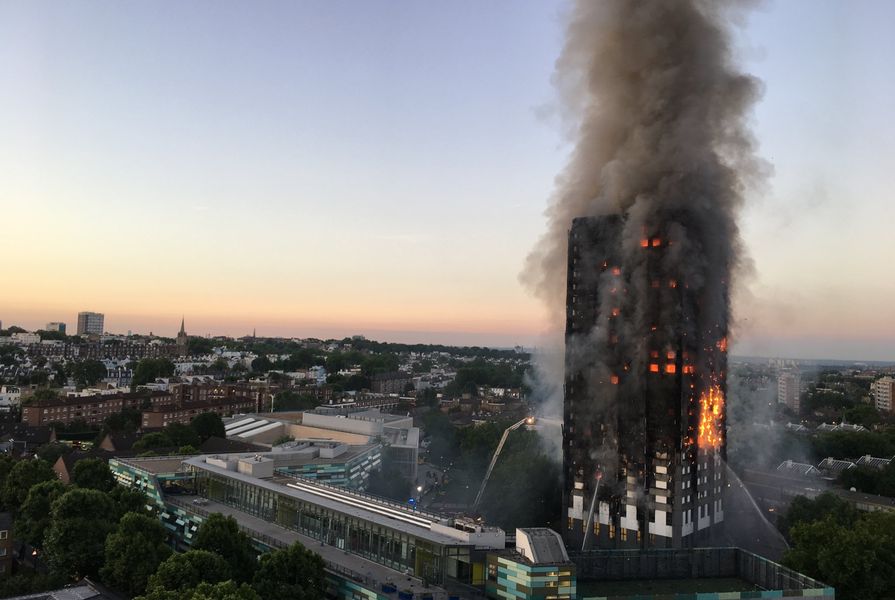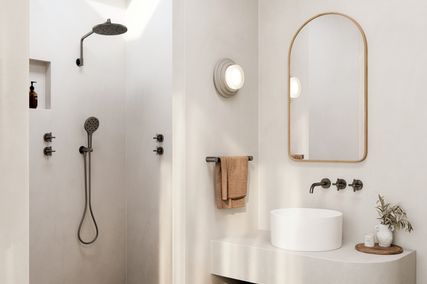In the nine months since the Grenfell Tower tragedy, there have been a raft of reports, proposals and new laws across Australia. Despite calls for a national approach, most states have gone their own way.
Some of this activity – in particular, ministerial warnings and registers of banned non-compliant products – will generate important sources of knowledge across the country, with a potential impact well beyond state borders. Everyone involved in product selection and in the supply chain needs a broad understanding of the national scenario.
The following are some of the key developments over the last nine months (although this is certainly not a comprehensive list):
Senate Committee Interim Report – September 2017
Having made slow progress since its 2015 inception, the Senate Economic References Committee picked up the pace to deliver an interim report on aluminium composite cladding in September 2017. Recommendations included “a total ban on the importation, sale and use of polyethylene-core aluminium composite panels as a matter of urgency.” However, a minority of the committee dissented and the recommended ban has not been put in place.
Among the report’s other recommendations are for Australian Standards to be made available for free, and for a national licensing scheme (including continuing professional development) for all trades and professionals in the building industry. The delivery of the Committee’s final report, originally due in April 2018, has been extended until August.
NATSPEC National Construction Product Register – July/August 2017
This new register allows manufacturers to list their conforming products, including details of the specific standard(s) with which conformance has been achieved.
National Construction Code – Out of Cycle Amendments – March 2018
Effective from 12 March 2018, these amendments include a new verification method (CV3) under which external wall assemblies may achieve compliance when tested under AS5113 and combined with other protective factors such as cavity barriers and sprinklers on balconies.
Other new provisions reiterate that “all components incorporated in” an external wall must be non-combustible, including “each lamina” and “any core” within bonded laminated materials, and including ancillary elements apart from a very narrow list of exceptions (see Part C1.9 and C1.14). The use of combustible adhesives is restricted by a new requirement that the method of attaching an element must not reduce its fire resistance below the required level (Specification C1.1, clause 2.4).
ABCB Evidence of Suitability Handbook – early 2018
Although not a mandatory document, this handbook provides much needed guidance on the many forms of evidence of compliance permitted by Part A2.2 of the NCC. It notes that “more rigorous options” such as CodeMark certification are required for products which are “new or innovative,” and also where the consequences of failure are high. On the other hand, a product with little risk and a strong history of successful performance may require less extensive evidence. The handbook includes an example Product Technical Statement which, if adopted in the industry, could create a consistent template that would make assessment and comparison of products more straightforward.
NSW
Under the oversight of the Fire Safety and External Wall Cladding Taskforce, Fire and Rescue NSW has assessed over 1500 sites and found 412 buildings that require further assessment as a high priority (although the taskforce points out that this “does not mean that they are unsafe”). Local councils have been asked to have their authorised fire safety officers inspect these buildings.
The new Building Products (Safety) Act allows the Government to prohibit any product it deems unsafe. It is an offence to cause a banned product to be used, or to represent that it is suitable, and fines can exceed $1 million. The NSW Fair Trading website states that it will host a list of banned products in due course.
Separately, the new Environmental Planning and Assessment Amendment (Fire Safety and Building Certification) Regulations 2017 create a new role of “competent fire safety practitioner.” Role responsibilities include provision of annual fire safety statements, approval of certain amendments, and certain critical stage inspections.
Victoria
The Victorian Cladding Taskforce handed down its interim report in November 2017, and found “widespread” non-compliant cladding, which was “symptomatic of broader non-compliance across a range of areas.” Among other incisive conclusions is:
We found that as the products became more prevalent and visible in the industry, a general complacency or blind spot occurred as to the risks.
In response to the report, a new Ministerial Guideline MG-14, released on 13 March 2018, restricts the use of aluminium composite panels with 30% or more polyethylene, as well as certain expanded polystyrene products, as part of an external wall. On buildings that require Type A or Type B construction, these products can now be used only if the application for the building permit includes a determination by the Building Appeals Board confirming compliance. The Building Product Safety Alert of March 2018 confirms that this BAB determination is required even if the product has CodeMark certification, and even if a building surveyor interprets that other concessions may apply.
Queensland
New “chain of responsibility” laws now require each party in the supply chain, from product design to installation, to “ensure so far as is reasonably practicable” that the product is not non-conforming, and to provide a basic level of “required information” to the next party in the supply chain. New legislation also allows the minister to publish a “warning statement” advising that a product is non-conforming.
Western Australia
A status update in April 2018 reported that, out of 1738 buildings in scope of the Statewide Cladding Audit, only 1 (so far) has been identified as requiring remedial action.
Tasmania
Out of 43 audited buildings, the Tasmanian Aluminium Composite Panel Audit Summary (January 2018) has identified one considered “high risk,” and is working to achieve rectification of that building.
Future changes
The year ahead promises even more changes, with the Grenfell Tower Inquiry preparing to start hearing evidence from perhaps May/June. Updates are available at seminars provided by industry bodies such as the Australian Building Codes Board, and here at Informed we have recently presented a webinar and a live update in Sydney.
Informed is the education and risk management arm of specialist insurance broker Planned Cover. Wendy and the team of legally qualified Risk Managers at informed provide online and live CPD, industry updates and guidance material, and deliver Planned Cover’s contract review service.
















